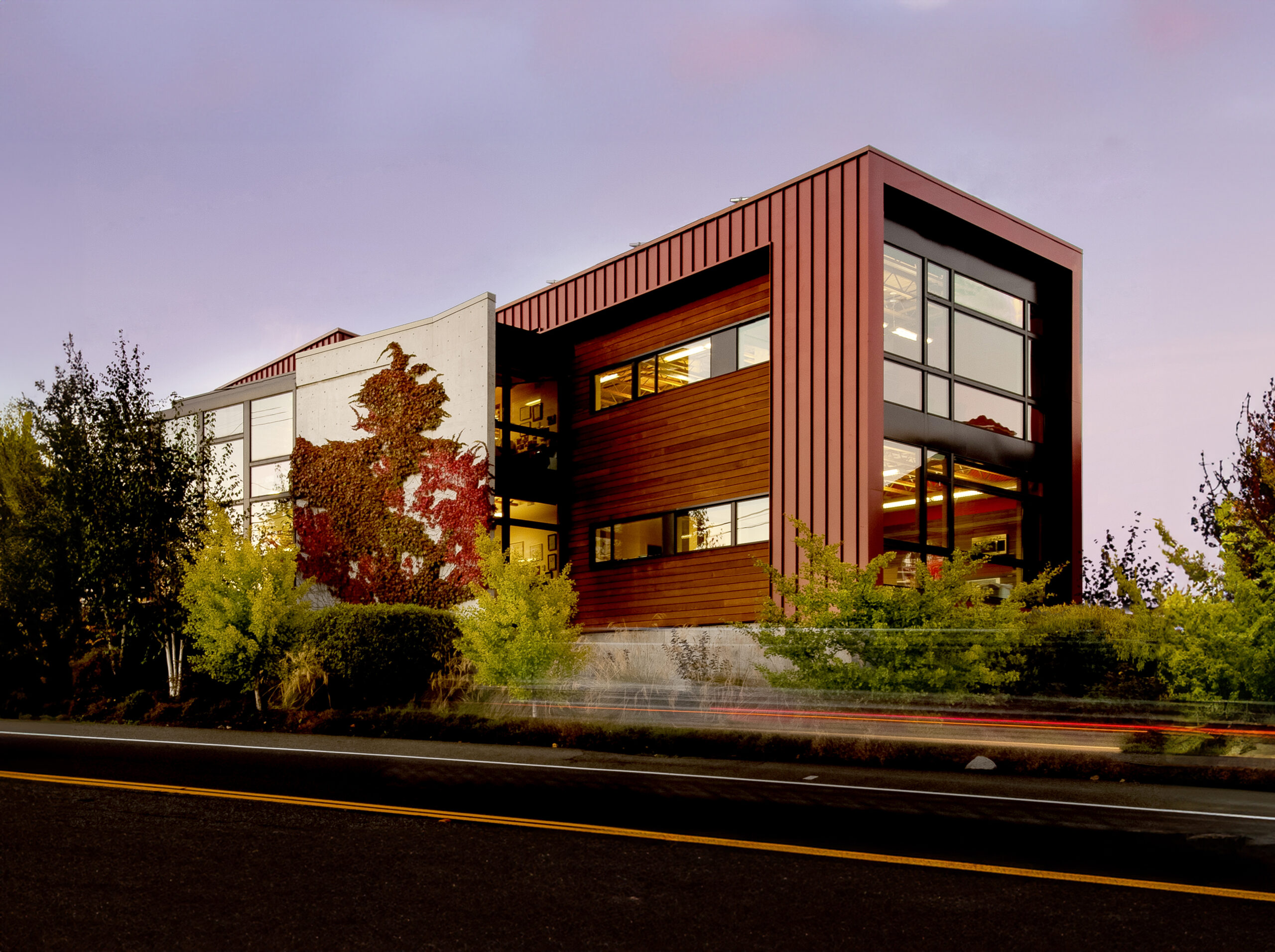Seattle is renowned for its diverse architectural landscape, blending innovation with sustainability to create spaces that are not only functional but also visually striking. As we look to the future, several key trends and innovations are shaping the architectural scene in the Emerald City.
1. Sustainable Design Practices
Sustainability remains at the forefront of architectural design in Seattle. Local architects are increasingly incorporating eco-friendly materials, energy-efficient systems, and green roofs into their projects. The goal is to create buildings that minimize environmental impact while maximizing comfort and functionality. For instance, architects in Seattle are focusing on passive solar design and advanced insulation techniques, which significantly reduce energy consumption.
2. Adaptive Reuse of Existing Structures
As urban spaces become denser, the trend of adaptive reuse is gaining traction. This approach breathes new life into older buildings, transforming them into modern spaces while preserving their historical character. Seattle architects are utilizing this strategy to meet the demand for affordable housing and commercial spaces, ensuring that the city’s rich architectural heritage is celebrated and integrated into contemporary life.
3. Integration of Technology
Technology is revolutionizing the architectural process in Seattle. From Building Information Modeling (BIM) to augmented reality, architects are leveraging cutting-edge tools to enhance design precision and client collaboration. This integration allows for more efficient project management and a more seamless design experience, resulting in innovative structures that are tailored to the specific needs of clients.
4. Focus on Community-Centric Design
Seattle architects are increasingly prioritizing community engagement in their projects. This trend emphasizes creating spaces that foster connection and collaboration among residents. By involving community members in the design process, architects can ensure that new developments reflect the unique culture and needs of their neighborhoods. This approach is particularly evident in mixed-use developments that combine residential, commercial, and public spaces.
5. Emphasis on Health and Well-Being
The importance of health and well-being in architectural design is more prominent than ever. Architects in Seattle are designing spaces that promote physical and mental health, incorporating elements like natural light, greenery, and open layouts. These features not only enhance the aesthetic appeal of a building but also contribute to the overall well-being of its occupants.
Conclusion
As Seattle continues to evolve, its architecture reflects a commitment to sustainability, innovation, and community engagement. Local architects are at the forefront of these trends, shaping the future of the city with thoughtful design practices that honor its unique character while embracing modern needs. At Coates Design, we are dedicated to contributing to this dynamic landscape, creating spaces that inspire and connect.
Whether you’re a business owner, a homeowner, or a developer, understanding these trends can help you make informed decisions for your next architectural project. Embrace the future of Seattle architecture with a focus on sustainability, community, and innovation.

